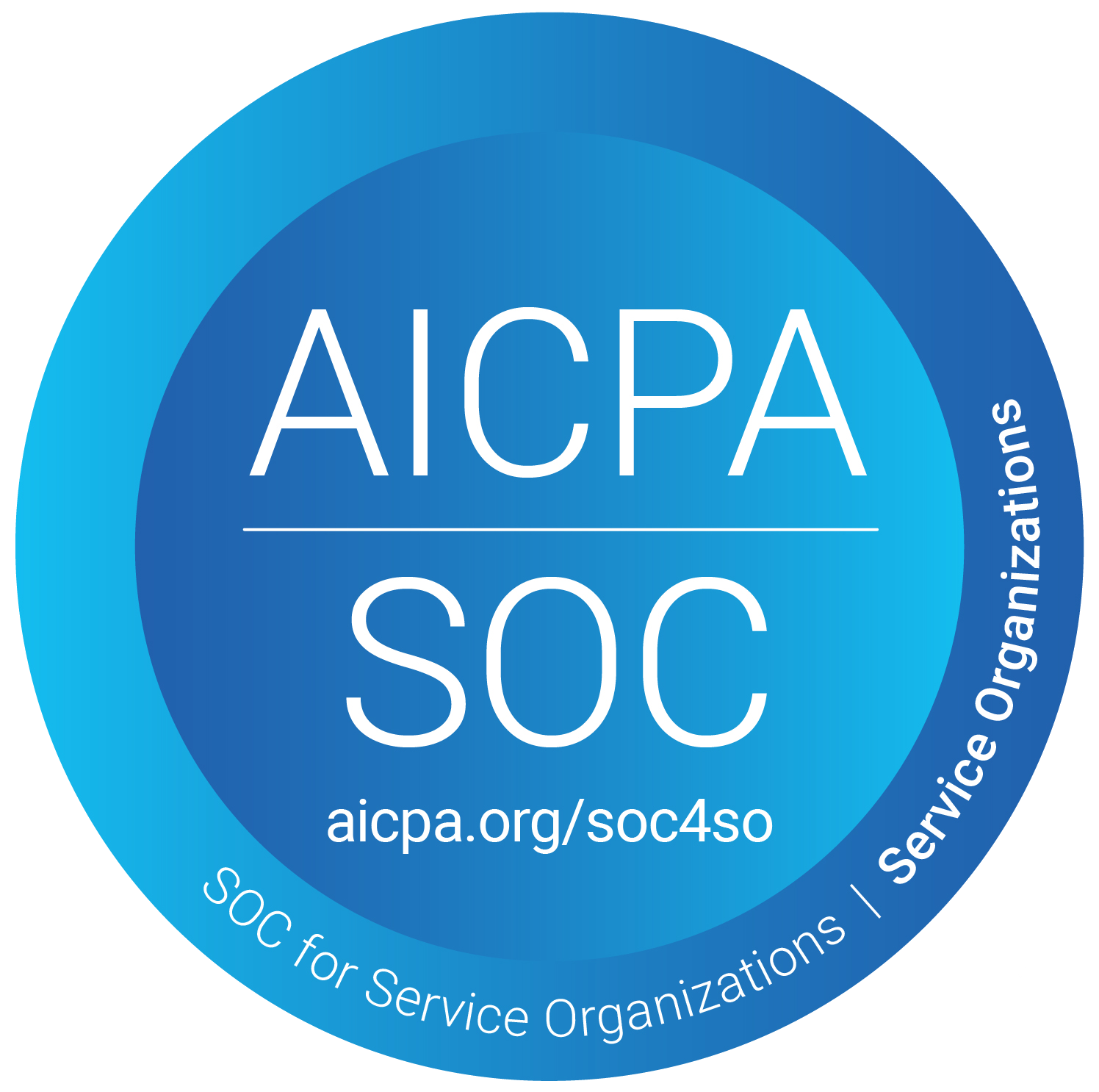Multinationals are constantly seeking ways to streamline operations and reduce costs. One solution that’s gained traction is the use of an intercompany Shared Service Center.
This approach not only simplifies internal processes but also fosters a more cohesive, efficient, and dispute-free environment across the corporate group.
But where to start? What are the first steps an organization should take to realize this vision? Read on for our recommendations.
What is a Shared Service Center?
In accounting, a Shared Service Center (SSC) is a centralized hub designed to manage and execute a range of financial and administrative tasks.
These tasks would traditionally be performed by separate departments within each entity of a multinational corporation. Suppose you had 20 subsidiaries; in the SSC model, the accounting for all of those subsidiaries would be handled by a central hub.
The SSC model consolidates tasks, leveraging economies of scale and specialized expertise to improve service delivery, cut costs, and standardize processes across the board.
Why Use a Shared Service Center for Intercompany Transactions?
Centralized Global Processes for Greater Efficiency
The centralization of common global processes under an SSC drives unparalleled efficiency. It eliminates redundant systems and procedures in different departments or subsidiaries, paving the way for a streamlined workflow that optimizes resource allocation and reduces operational overhead.
Standardized Processes
Standardization is another critical benefit of implementing an intercompany Shared Service Center. An SSC harmonizes methods and practices, significantly diminishing the variation and chances of error in transactions and reporting.
This uniformity ensures compliance, enhances reliability, and simplifies cross-border interactions within the corporate group. It simplifies auditing and makes it cheaper and more efficient to review controls periodically, instead of having to do the same thing multiple times for multiple subsidiaries. It also enables more robust controls, minimizing the chances of fraudulent activity.
Stronger Corporate Ties
An SSC knits the different entities within a multinational closer together, enabling a unified approach to operations and strategy. Centralizing intercompany transactions in this way facilitates a smoother flow of information and resources, ensuring that all entities are aligned with the group's overall financial strategy. This alignment helps in optimizing costs, improving efficiency, and enhancing decision-making across the board.
Resolving and Avoiding Disputes
Disputes over intercompany cross-charges can be a source of friction within a corporate group. These transactions can often lead to conflicts due to differences in valuation, timing, or the allocation of costs and revenues, for example.
An SSC, by laying down clear guidelines, rules, and procedures for intercompany transactions, aims to create a transparent, standardized framework that all entities within the corporation can follow. This standardization helps in clarifying how transactions should be conducted, priced, and recorded, thus minimizing the areas of ambiguity or interpretation that often lead to disputes.
The Role of Technology in Supporting Shared Service Centers
Many companies use SSCs for various purposes but in terms of intercompany, their usual technology often falls short. The right software – such as Virtual Trader – provides the means for centralizing global activity in support of the SCC model.
That’s not all — it uses automation for the ultimate efficiency and accuracy. So, how exactly does it help?
A Single Source of Truth
Virtual Trader centralizes intercompany operations by providing a dedicated subledger for all intercompany activity, ensuring a single source of truth for these transactions. This unified view of the IC landscape makes it easy monitor and control processes, and rapidly implement company-wide changes.
In essence, it provides the foundations that any organization needs when setting up a centralized team for handling the creation, reconciliation, and settlement of intercompany transactions.
Automating Intercompany Transactions
Using repeatable, configurable business rules, Virtual Trader automates the whole intercompany process, from initiation to settlement. Here are a few examples:
- Based on its holistic view of IC processes, it automatically raises IC invoices and journals.
- It automates complex multi-tier legal entity postings.
- It pre-reconciles items to prevent bottlenecks.
- It automates transfer pricing.
- It creates entries for all parties at the same time, in the same place, with a common reference.
- It minimizes duplicate entries.
- It automatically posts entries back to the ERP of each legal entity.
These are just a few of the many tricks it has up its sleeve to automate intercompany transactions.
Vast Functionality
Virtual Trader has a comprehensive range of features. It enables:
- Simultaneous booking of both sides of manual intercompany cross charges.
- Producing bulk settlement and netting of agreed intercompany activity.
- Executing complex intercompany settlement models, such as in-house banking and multilateral netting.
- Efficiently coordinating on cash and non-cash settlements across accounting, treasury, and tax teams.
What’s more, it supports multiple systems and multiple charts of accounts. This ensures that organizations can centralize their operations in a way that suits them, without disrupting their existing systems.
The integration of such technology into SSC operations not only boosts efficiency but also propels the SSC towards becoming a true center of excellence in intercompany dealings.
Expanding into a Center of Excellence
The establishment of an SSC often paves the way for its evolution into a Center of Excellence (CoE) for intercompany transactions. In essence, a CoE acts as a hub of expertise and innovation, driving the adoption of best practices, standardizing processes, and ensuring compliance across the corporation.
This natural progression involves the SSC assuming ownership and governance over the intercompany process, transcending its operational duties to champion excellence and best practices within the wider accounting function. It's also crucial to invest in the CoE, equipping it with the necessary tools, resources, and authority.
This proactive approach not only streamlines IC transactions further, but supports the overall financial health and strategic goals of the organization, helping it stay ahead of changes in regulatory requirements and industry standards.
Conclusion
For accounting departments embarking on the journey to create an intercompany Shared Service Center, the path ahead requires careful planning, strategic investment in technology, and a commitment to standardization.
The benefits of such an initiative are many, offering not just cost savings and efficiency gains, but also a more integrated, harmonious corporate structure capable of navigating the complexities of global business with agility.
Virtual Trader empowers organizations with a centralized platform for intercompany accounting. Through automation, it reduces human error and coordinates global IC activities with ease. To see it in action, request a demo today.




 US
+1 800 961 9640
US
+1 800 961 9640

